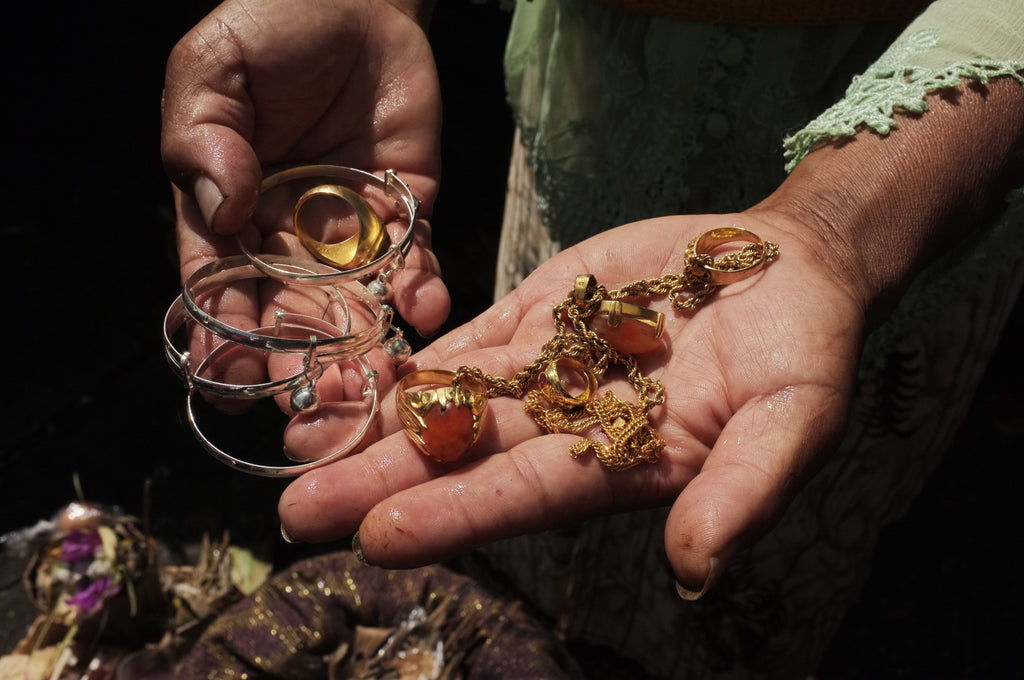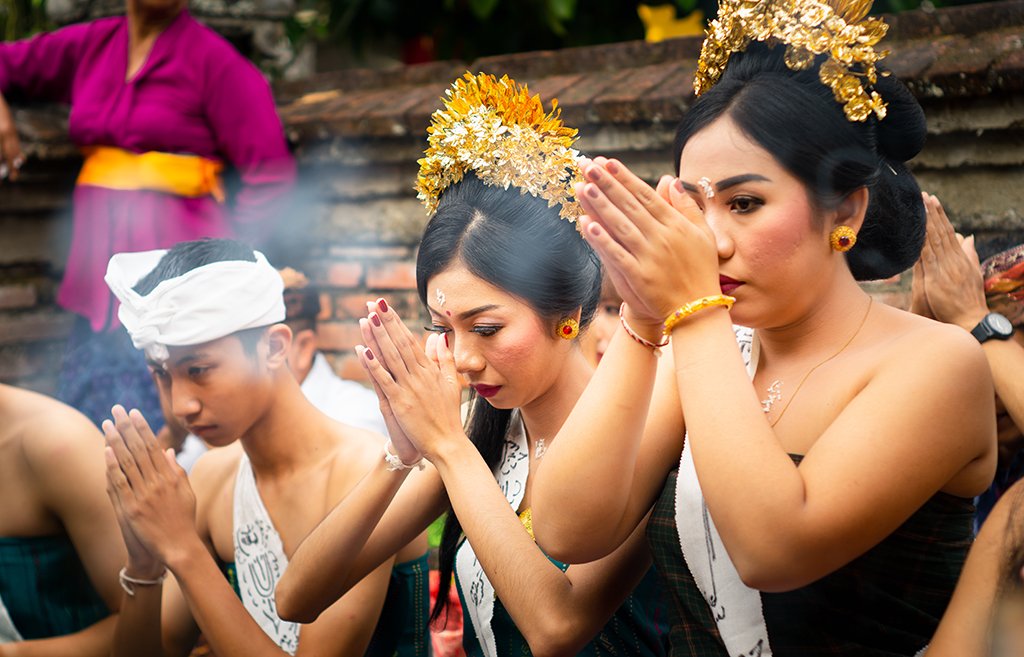Discovering the Beauty of Balinese Jewellery
Indonesia is famous around the world for its breathtaking white sand beaches and mouth watering cuisine. However, the mountainous Indonesian island of Bali is also renowned for a little something extra: its thriving ethnic arts industry. The Balinese have long been known for their uniquely artistic craft skills, and some of the most stunning jewellery popular today has been influenced by the ancient silversmith traditions of the east.
What is Balinese Jewellery?
Unlike other forms of Indonesian jewellery, Balinese jewellery combines the island’s historic silversmith techniques with a diverse selection of natural materials, many of which are abundant even today. Turquoise, which reflects the almost otherworldly hues of the Bali Sea, is a very popular material and features heavily in both traditional and modern designs, along with a plethora of shells, especially from animals native to the Asia Pacific region such as paua shells and New Zealand Abalone. Mother of Pearl is also frequently used, with the yellowish pearls a stark contrast to the shiny, almost ball bearing-like black pearls common to the South Pacific region. From the design and crafting through to assembly and finishing, Balinese jewellery is simply beautiful and has remained largely unchanged over time.

A Brief History
Early forms of Balinese jewellery were primarily crafted from stone, shells, and animal materials such as bone and tusk. However, as metalwork was introduced to the island, regions of Bali began to be categorised by their individual artistic styles, giving a melting pot of identities and aesthetics. The village of Mas for example became the island’s main wood carving destination, while Batubulan, to the northeast of Denpasar city, was known for its stonework. Celuk, located near Ubud, became the heart of Bali’s silversmith industry, and is today referred to both locally and internationally as ‘Silver Village’.
Of course, in years past, the traditional local silversmiths, who had been influenced by artisans from China and Southeast Asia, didn’t have lasers or 3D printing. Instead, they formed a range of unique manual methods that have been handed down from generation to generation, creating a one-of-a-kind technique that is synonymous with the island itself.

A Symbol of Power
Looking at a piece of Balinese jewellery is like travelling back in time. The silver pieces that were produced on the island quickly became an integral part of the local ceremonial dress. They were worn for notable events such as births, marriages, victories, and death. The jewellery became a symbol of power, and offered spiritual protection from harm, only transitioning to a fashion statement as travel increased between the communities.

Balinese Jewellery Today
The rich history and unique characteristics of Balinese jewellery are continuing to influence designers today, both in Indonesia and all around the world. What we truly love about Balinese jewellery is that it’s ornamented, and it’s oversized, and yet it’s incredibly intricate at the same time, and that’s something you don’t typically see.